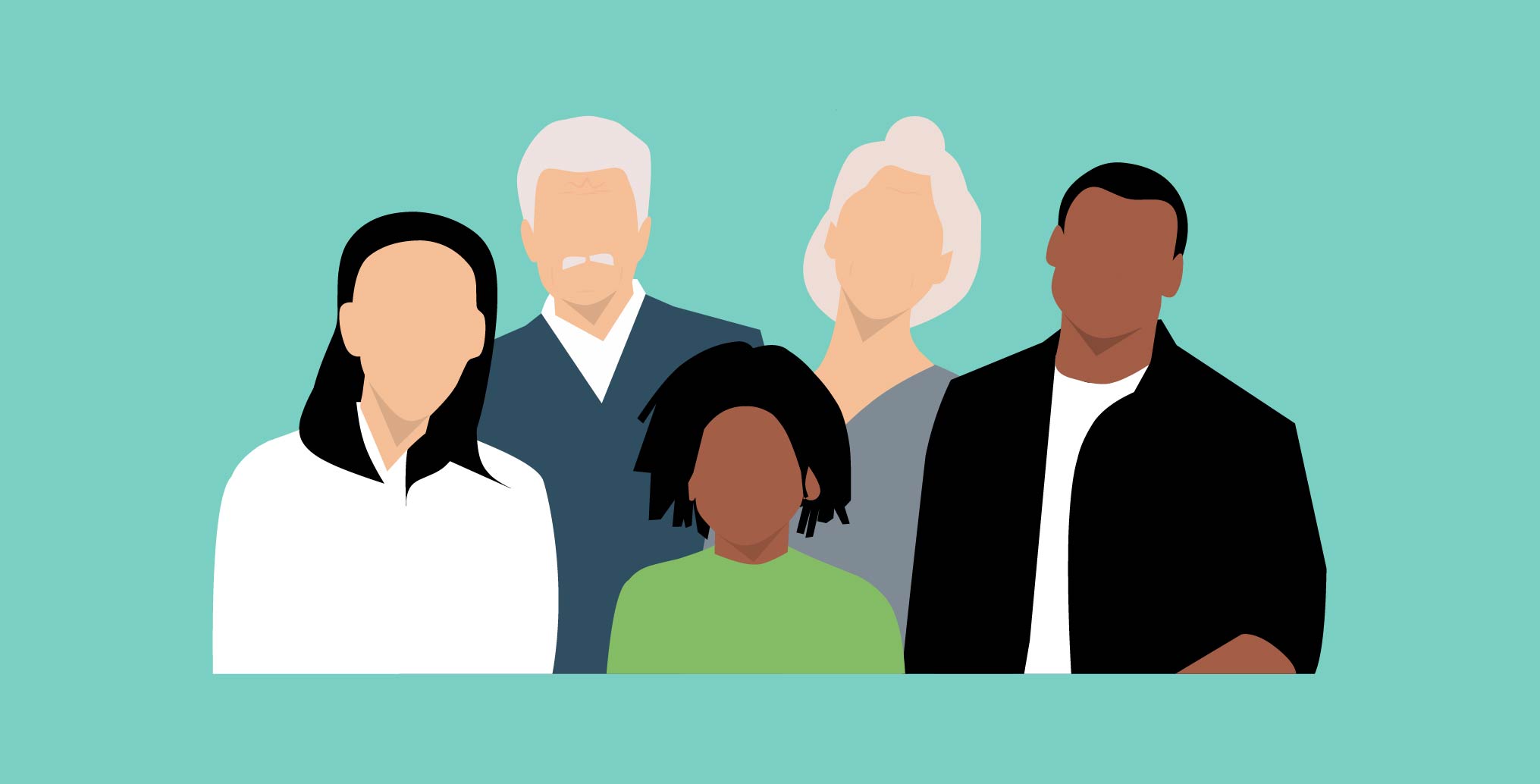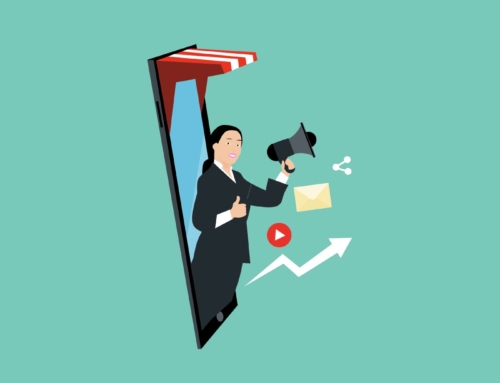What are the generational differences in the workplace?
Table of Content
- What are the different workforce revolutions?
- Is a new workforce revolution arriving?
- New workforce revolution, what can companies do to attract and retain Gen-Z?
Employee retention has become more and more complicated for companies, mostly since the corona crisis. All industries are concerned by the shortage of workers and talent and many companies have lost their attractiveness.
But companies cannot complain about losing their employees and not attracting candidates if their recruitment process is old and outdated. It needs to be constantly evolving and adapted to the new work generations.
The world of business has seen 3 generations since the second world war:
- The industrial revolution
- The information revolution
- The social revolution
And we are at the beginning of a new workforce revolution led by Gen-Z who is growing up in a very different world than the previous generations. This generation has different life and work expectations.
We wanted to present the different workforce revolutions and generational differences in the workplace to understand who the new workforce is and how companies can try to attract and retain them.
1. What are the different workforce revolutions?
1. Industrial Revolution – The Baby Boomers
The first workforce revolution since the second world war is the Industrial Revolution led by the baby boomers, born between 1946 and 1964. There are the grandparents of today’s workforce.
During this era, people only wanted necessities like food, a house, and heating. They took a job for survival and never left their job also because there were fewer opportunities.
People were seeking peace and stability.
2. Information Revolution – Gen-X
Then came the second workforce revolution, the information revolution, led by Generation X, born between 1965 and 1980.
During this time, many new jobs were appearing, mostly in tech which built a new type of workforce and the unemployment rate was low. This workforce went to work for a standard of living: a good salary, to be able to pay for their different loans, hobbies, holidays…
3. Social Revolution – Gen-Y or Millennials
Then came the third workforce revolution led by the Millennials, also called Generation Y, born between 1981 and 1996. This generation wants a quality of life at work with a qualitative job, a good work environment, talent appreciation… They want to be sure that there are valued by the company.
This generation grew up in a digital world with the Internet and learned how to use it and where to find any type of information.
If companies cannot give them that, they will easily leave and work for another company that gives them what they want.

2. Is a new workforce revolution arriving?
The Social Media Revolution? – Gen-Z
Generation Z is the coming workforce, and we need to listen to their demands. They want and need to be taken seriously. This generation is finishing their studies or just arrived in the labour market, and they are our future. There are born from 1997 to 2010.
Today’s leaders need to understand and speak this Gen-Z language: inclusion (also literally using inclusive writing language), diversity, gender, ecology, respect…

1. Submersion of information
This generation, in comparison to Millennials who grew up without, is born with the Internet and social media. This is the first generation to experience that. They understand and know the tools better than anyone. They are submerged in information and see the entire world through digital tools.
2. Values
Nowadays, it is not enough anymore for companies to say or write “We are against racism” or “Inclusion is important to us”. This generation wants to share the same values as their companies, but mostly they want to see real actions from them. Companies need to stand against racism, homophobia, and other important subjects to them. They must give the tools to their employees to fight against it and to communicate about it and with one another.
3. Remote & Hybrid models
This generation also doesn’t want to work in the same city, in the same office, sitting in the same chair 5 days a week. They want to be able to choose. The model of having the whole team come to the same place for 8 hours, leave and come back again the day after doesn’t fit their work model and expectations.
The new generation wants to work where they decide and with their own planning with flexible working hours.
4. Mental Health
Gen-Z faced confinement and the corona crisis while they were still at school or university. This had a huge impact on their mental health, and they are very aware of its consequences on their social and professional life.
Other generations were hiding such problems because it was considered a private matter. On the opposite, generation Z will be very transparent about it, and companies also need to accept, face it and help them deal with it.
3. New workforce revolution, what can companies do to attract and retain Gen-Z?
Recruiters and decision taker need to understand Gen-Z and that they are working differently than the other generations. They are willing to work and are good workers, they just do it differently and don’t want their life to be only about it.
They also want a meaningful job, which can be complicated to find as the previous generation was filled with many “bullshit” jobs.
Today’s workforce, as explained earlier, doesn’t just care about their quality of life. They care about corporate social responsibility, and they want proof and action. Gen-Z is changing the game and they are forcing companies to do and show more good measures. Not only for their employees but for the world too.
Companies need to create an environment where people want to work not because they must. But because they enjoy their work, the company’s culture, and values and because they get a sense of accomplishment. They also want to see their boss and managers as leaders and not as dictators.
Once all these points are implemented, companies won’t have to worry about employee retention anymore.
Some companies such as the hotel group Marriott International already started implementing new strategies to please, attract and retain employees:
“This idea of flexibility and choice is something that we’re really trying to do across all of our jobs (…). New associates are requesting career development and then flexibility. That flexibility piece used to be much further down on the list, but it’s in the top three now. So, we’re challenging ourselves to look at how work gets done differently.” (…)
Marriott is also trying to engender a lot more flexibility on shifts at the property level. “Yes, it’s a little bit more challenging to schedule more part-time. But we’re seeing this open pool of talent coming to us that we couldn’t touch before.”
You can read the full article here.

Social Media also changed the world and has become the first communication channel worldwide. With it appeared new jobs like influencers, blogging, social media advertising and marketing. People are not afraid to leave their actual job to start their own businesses using social media. How many new singers got famous thanks to YouTube? How many people around you have a podcast or wish to start one? Today, everyone has a place to communicate and share their ideas and monetise them.
CONCLUSION
Market leaders from the previous revolutions need to focus on the “want” part of the new generation which is not afraid to express their opinions and fight for their rights.
Greenwashing and false promises are not possible anymore if companies want to attract, hire, and retain the next workforce or even consumers. Like with each new revolution, companies need to adapt to what is coming next.
Flexibility, proactiveness and agility are some of the key ingredients to engaging Gen-Z and retaining them. Another important aspect that most companies overlook is the culture and skills gap between the different generations. Companies need to structure, elaborate and intuitive strategies to bridge those different generations within the workspace and create synergies!
In the end, the game goes on both sides. Ideally, both employer and employee would share the same interests and values. Or they may peacefully part ways in this game of trial and error. Just like in a good partnership of equals, the needs of both sides should be taken into account.
A good (working) relationship is based on give and take. Indeed, companies also have legitimate wishes and requirements regarding their workforce, which can conflict with the call for “total flexibility” for employees.
Not found what you were looking for?
Not found what you were looking for?
Please send us your CV and contact details via email. We will get back to you asap.
Central Europe: info@lhc-international.com
Southern Europe: spain@lhc-international.com
LHC International is a leading executive search firm for the hospitality and operational real estate industry.
Continue Reading




